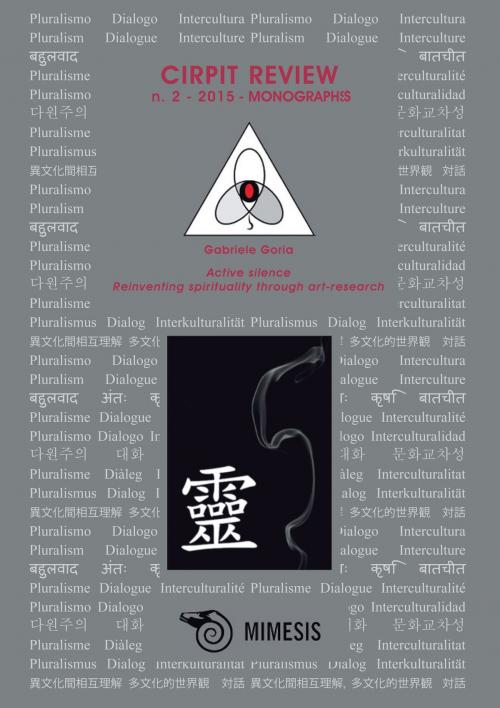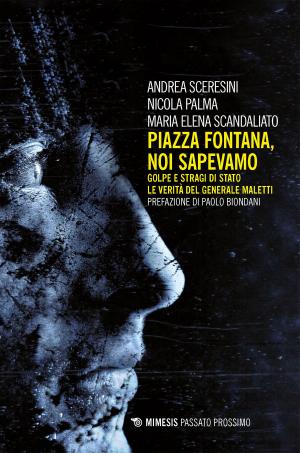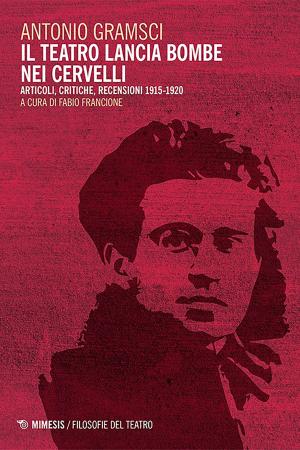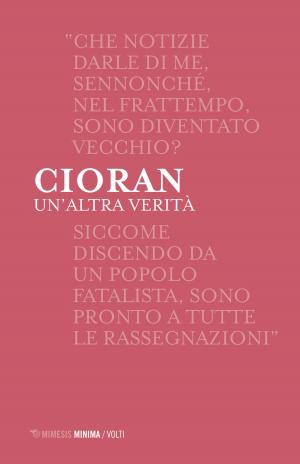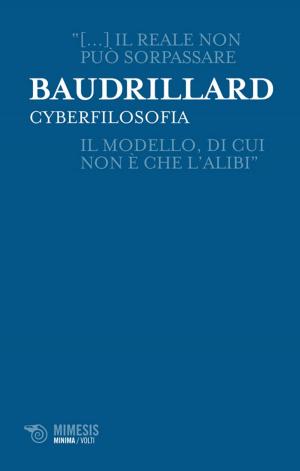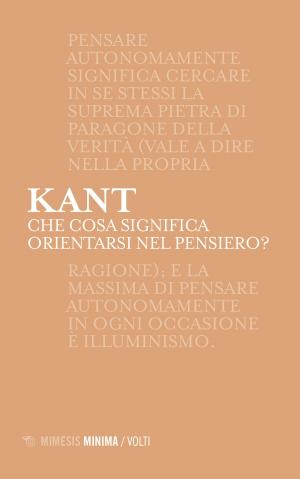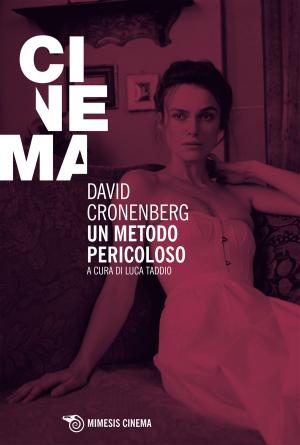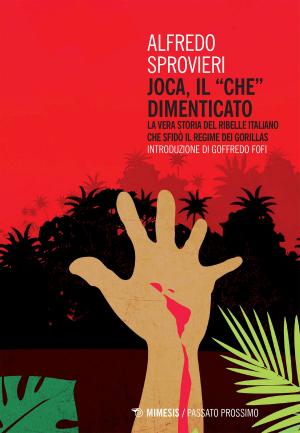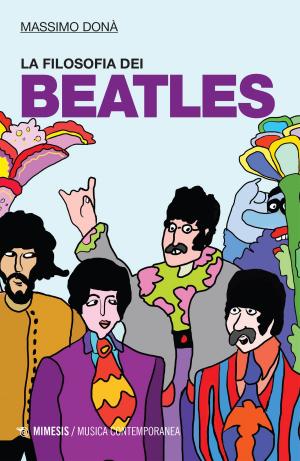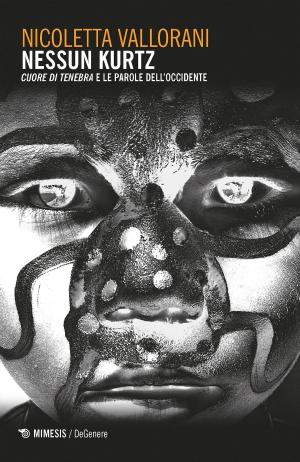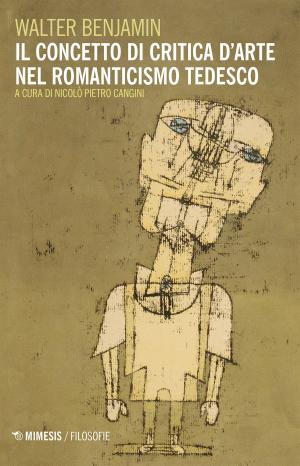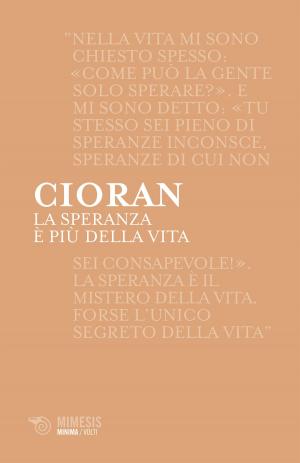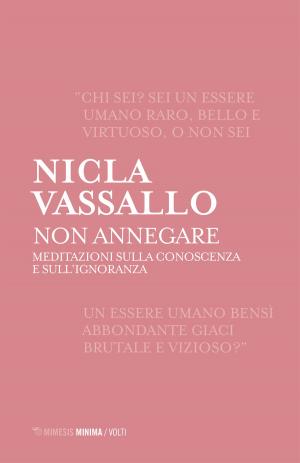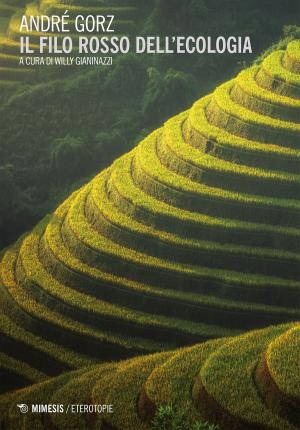Cirpit Review Monographs n.2 - 2015
Active Silence Reinventing spirituality through art-research
Nonfiction, Religion & Spirituality, Philosophy, Religious| Author: | Gabriele Goria | ISBN: | 9788857530512 |
| Publisher: | Mimesis Edizioni | Publication: | May 19, 2015 |
| Imprint: | Mimesis Edizioni | Language: | English |
| Author: | Gabriele Goria |
| ISBN: | 9788857530512 |
| Publisher: | Mimesis Edizioni |
| Publication: | May 19, 2015 |
| Imprint: | Mimesis Edizioni |
| Language: | English |
You are holding a unique and special book in your hand. It is unique in many aspects. In western contemporary art the spiritual and religious elements exist primarily as cultural historical references, personal faith and religion being understood as the most private and intimate issues. It is indeed a brave and rare statement for an artist to confess that a spiritual quest is the foundation and basic element of his work.Born in a multi-religious family, Gabriele Goria started his own spiritual odyssey at a remarkably early age. He devoted his life to the practice of meditation and training in martial arts. Not a very common combination of activities for a young person.Drawing on his lifelong training in T’ai Chi Ch’üan and Ch’i Kung together with working on meditation techniques and philosophical and spiritual enquiry, Gabriele has developed his own approach to making and teaching theatre. In this book the writer describes vividly his long and multi-dimensional way from the crucifix of the Roman Catholic Church to Paramahansa Yogananda to arrive at a synthesis which he has named Experiential Pluralism. Gabriele Goria also tells us how naturally his multi-religious background and all his other interests form the basis for his creative work. In his two long-term projects Moving the Silence and Hermits in Progress, Gabriele Goria walks the talk: he is fearlessly testing his way of thinking in practice in very demanding surroundings. During these processes the complexity of different philosophical theories is embodied in movement and silence.It is interesting to follow a narrative, in which all words become useless, and making and teaching art and a personal spiritual search flow into a single process.Gabriele Goria writes about his own process in very honest and sincere words. The reader becomes convinced that Goria has a lifelong mission, which is anything but dogmatic and restrictive. His concept of Experiential Pluralism is a true and living ecumenism. What could our times need more!Gabriele may not like to be called exceptional or unique, but all I can say is that I’ve never met anyone like him.Kaija KangasActress – Lecturer in Theatre Pedagogy - Theatre Academy / University of the Arts of Helsinki
You are holding a unique and special book in your hand. It is unique in many aspects. In western contemporary art the spiritual and religious elements exist primarily as cultural historical references, personal faith and religion being understood as the most private and intimate issues. It is indeed a brave and rare statement for an artist to confess that a spiritual quest is the foundation and basic element of his work.Born in a multi-religious family, Gabriele Goria started his own spiritual odyssey at a remarkably early age. He devoted his life to the practice of meditation and training in martial arts. Not a very common combination of activities for a young person.Drawing on his lifelong training in T’ai Chi Ch’üan and Ch’i Kung together with working on meditation techniques and philosophical and spiritual enquiry, Gabriele has developed his own approach to making and teaching theatre. In this book the writer describes vividly his long and multi-dimensional way from the crucifix of the Roman Catholic Church to Paramahansa Yogananda to arrive at a synthesis which he has named Experiential Pluralism. Gabriele Goria also tells us how naturally his multi-religious background and all his other interests form the basis for his creative work. In his two long-term projects Moving the Silence and Hermits in Progress, Gabriele Goria walks the talk: he is fearlessly testing his way of thinking in practice in very demanding surroundings. During these processes the complexity of different philosophical theories is embodied in movement and silence.It is interesting to follow a narrative, in which all words become useless, and making and teaching art and a personal spiritual search flow into a single process.Gabriele Goria writes about his own process in very honest and sincere words. The reader becomes convinced that Goria has a lifelong mission, which is anything but dogmatic and restrictive. His concept of Experiential Pluralism is a true and living ecumenism. What could our times need more!Gabriele may not like to be called exceptional or unique, but all I can say is that I’ve never met anyone like him.Kaija KangasActress – Lecturer in Theatre Pedagogy - Theatre Academy / University of the Arts of Helsinki
